While the rest of my middle school returned from the summer break of 1986 enthralled with the cultural phenomenon of “Top Gun”, I was fixated with a lesser-known release that had slithered its way onto late night cable around the same time. It’s important to recall the mood of the nation at the time. The moral majority of Jerry Falwell had aided Reagan to a 49-state victory less than eighteen months prior. America was at an apex of religious, fiscal, and military purity not seen since its founding. Yet seeping through the ether by means of new technologies were forces that would break the moral code and seed nihilism to a generation. In 1986, VHS and HBO colluded to bring the forbidden world of naked girls and skinned corpses to thirteen-year-old boys everywhere. One no longer had to endure the public shame of sticky seats to soak in seditious cinema. And there was one film that out-sleazed them all.
Adapted from H.P. Lovecraft’s collection of short stories, “Re-Animator” was an earthquake, but not for the reasons others may think. Yes, it will likely be remembered by most for its deeply subversive scene of decapitated oral sex. And yes, Richard Band’s new wave “Psycho” rip-off of a score with synthesized drums is catchy but remains the film’s major error. But I contend “Re-Animator’s” legacy is introducing a generation of teenage slasher viewers to the cerebral horror of H.P. Lovecraft, setting off a literary fire sale, purging anything and everything from an author beyond the grave.
All free of charge.
Pulling most of his leads from local theater and coming from the stage himself, Stuart Gordon did the most important thing a director can do. He hired mature actors to ground and deliver absurdist dialogue enabling the audience to completely buy in to the lunacy. They don’t act, they re-act. None of the cast was as good before or since. It’s shot in professional grain, not the hyper-stylized music video look we get in modern horror. The still nauseating make-up effects build with each scene until culminating in the final gut-busting finale. Necrophilia is not something that typically would be met with critical acclaim, but Gordon and company pulled it off. They understood counterculture needed to run antithetical to the prevailing zeitgeist of Nancy’s ‘Just Say No.’ campaign. They said ‘yes’ to everything. Hard to believe this same team would go on to create “Honey, I Shrunk the Kids.”
But “Re-Animator”, for all its naughty charm, should be remembered for what it started and the bittersweet pill of public domain works. A quick IMDB search yields close to 300 various forms of media adaptations have benefited from his hand.
If you’re never read any H.P. Lovecraft, you’re in for a treat. He writes in an original prose not equaled by living or future peers. It’s hard not to sense the mad presence of his two institutionalized parents pulsating into his work. The writing is not easy to digest, but there’s a poetic elegance to the madness. Recurring themes of medicine gone awry, sub-cultures within sub-cultures and an odd fixation with ichtyophilla. Yes, sex with fish.
Lovecraft was a tortured soul, but most prolific eccentrics are. Original talent is scarcely free from pain. Socially awkward and burdened with mental and physical illness most of his life, literary success in his day proved elusive. If you do pick up some Lovecraft, I recommend having a thesaurus handy. And if you went to college in the last ten years, definitely have a thesaurus handy. To think his writings were mostly to be found in lurid pulp magazines and catered to the less educated of the time deserves its own reflection. The original Herbert West – Re-Animator is a six-episode serial that in total is about fifteen pages. So, attributing the film “Re-Animator” with Lovecraft as the source above the title is true on the surface. Herbert West, Dean Halsey and Lovecraft’s oft used Miskatonic University are the hold over characters from the stories. We assume the book’s narrator is Dan, but he’s never mentioned by name. But that’s mostly where the similarities end.
“Re-Animator” thrust HP Lovecraft into the American public conscience and made a decades-long deceased writer known. Yet he died almost anonymous. Broke, childless and would disappear from public notoriety. Perhaps the country was not ready for his brand of well-spoken and adjective-driven monsters. Cinematic tricks and public tastes of the 1920’s did not align with his brand of fusing science-fiction, horror, and unapologetic materialism.
Enter the 1980’s and his resurgence allowed people far less talented to initiate and build careers off a name to which they had no allegiance. His aristocratic name became a Coke logo to be exploited. There is a sadness knowing Lovecraft was a failure in life and like so much in today’s culture - pilfered from beyond. Modern creators stand on the shoulders of his genius and crush the spirit of his intellect under the juvenile humor and basement production of hack adapters. There is no heir. No Lovecraft descendant to benefit from the financial plundering his unique voice continues to give scores of filmmakers, board game designers, and video game creators as they indulge in public domain ideas for free. HP Lovecraft’s warped mind is treasure trove of content ripe for public molestation. Thanks to the wise titling of “Re-Animator” in 1985, he became a brand that invokes images of the clever macabre in the way any other prolific genre writer would. It’s akin to using Stephen King’s name free of charge above a movie title to get people to watch and not having to pay a cent of royalty.
HP Lovecraft and indeed Herbert West were materialists. In their view, all that exists is a collection of molecules to be exhaustively cataloged and measured. Thus, he never believed his soul might one day have a final destination in the heavens. A Cthulhu-like curse to peer down and see strangers with infinitely less talent making a living off his writing - which is something he could never do. Good God, the irony. There is no solution here other than to seek out his work and consume it as intended. Public domain will always permit the hack to exploit the sage. Look no further than the Winne the Pooh and Mickey Mouse slasher movies as an even lower form of this legal theft.
Or to quote Herbert West- Re-Animator: “he became, behind his palled intellectuality, a fastidious Baudelaire of physical experiment – a languid Elagabalus of the tombs.”
Precisely. Exactly how none of us would have said it.

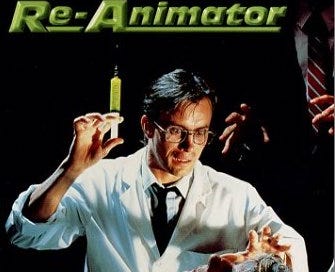


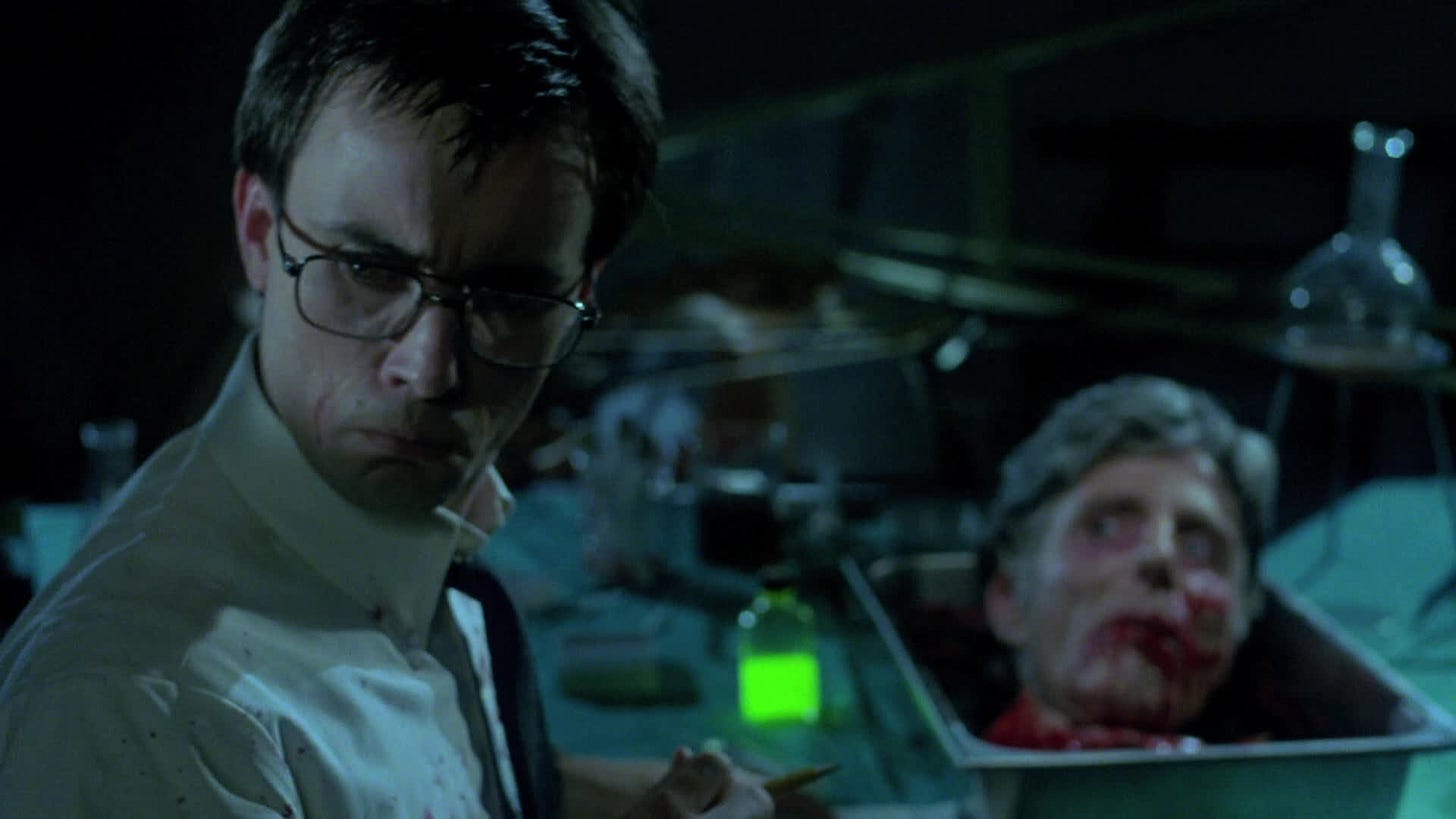
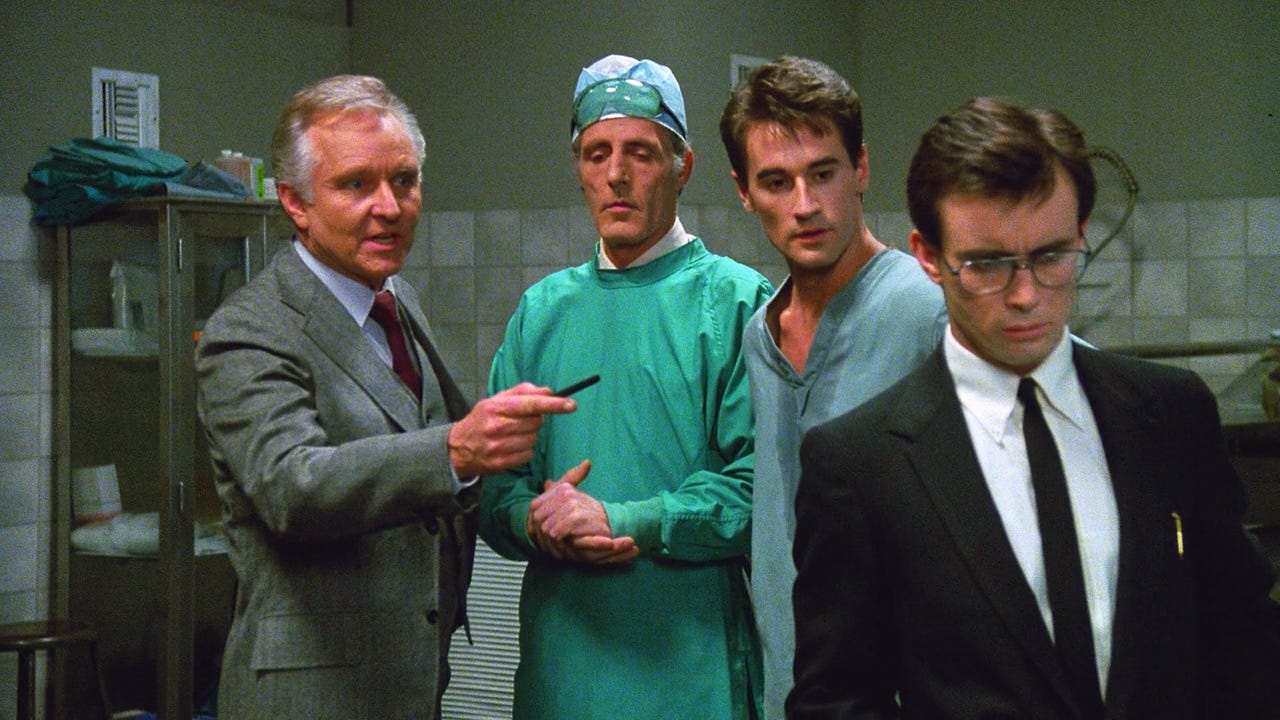
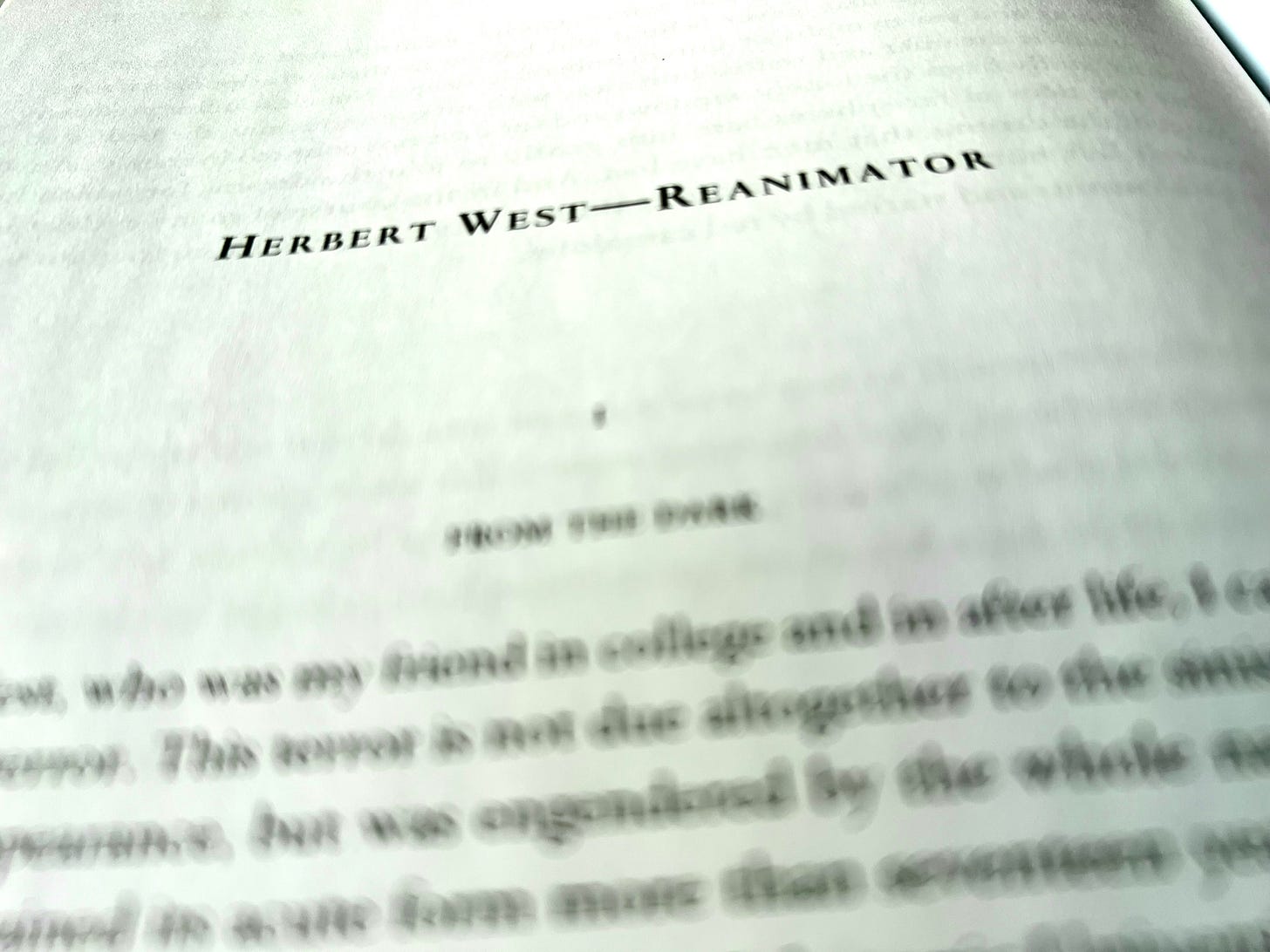

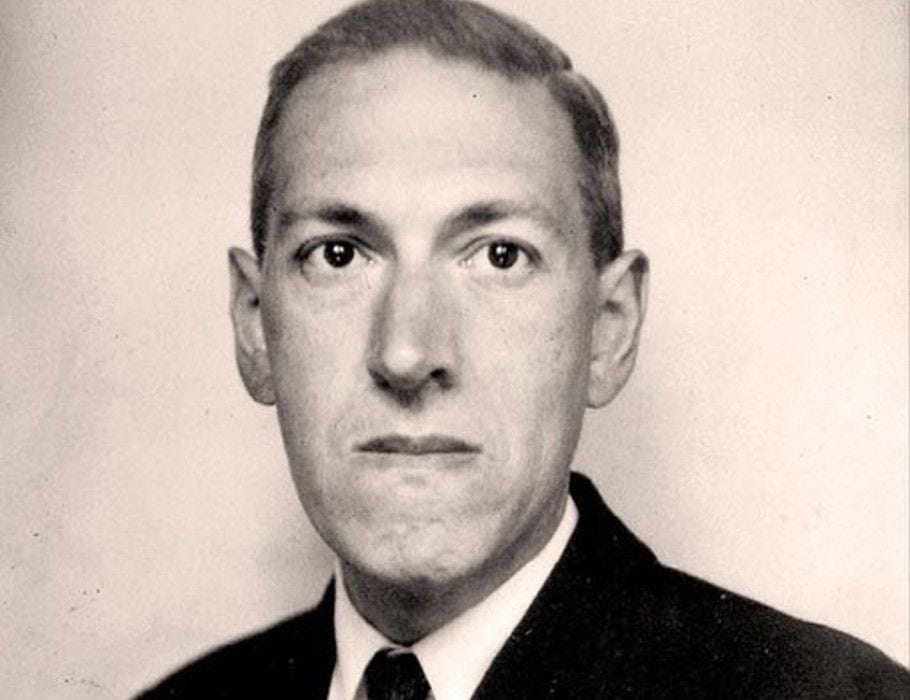
Okay! I admit, I have never heard or let alone seen this movie but now knowing that this team also made,"“Honey, I Shrunk the Kids," I would have to at least youtube it. Now what is the deal with Micky Mouse?